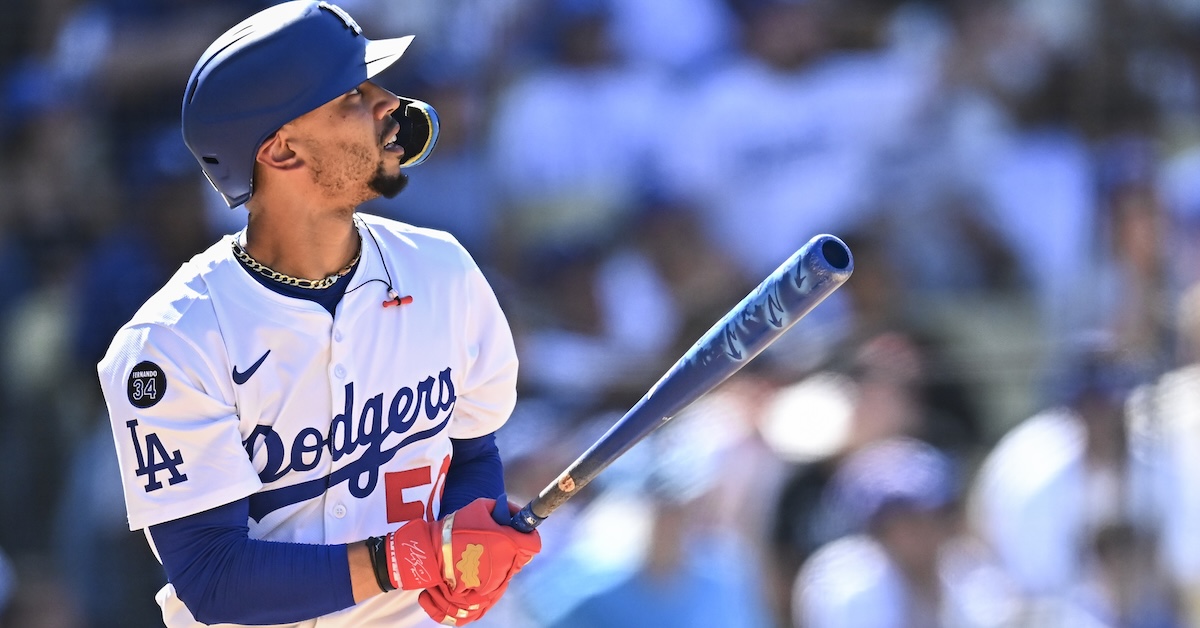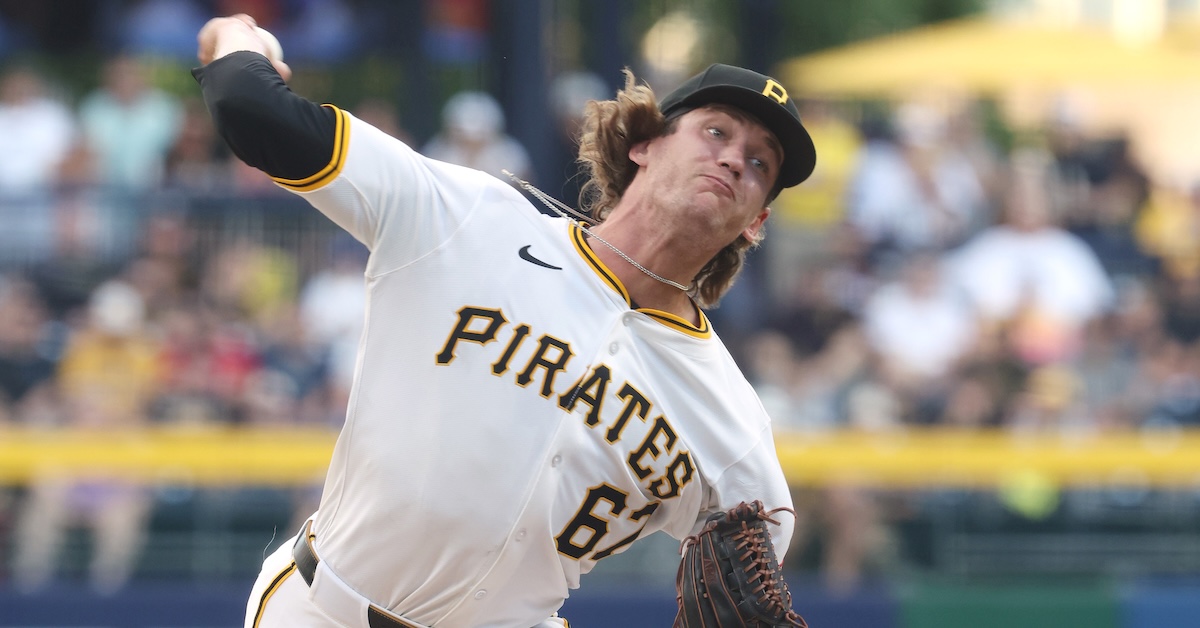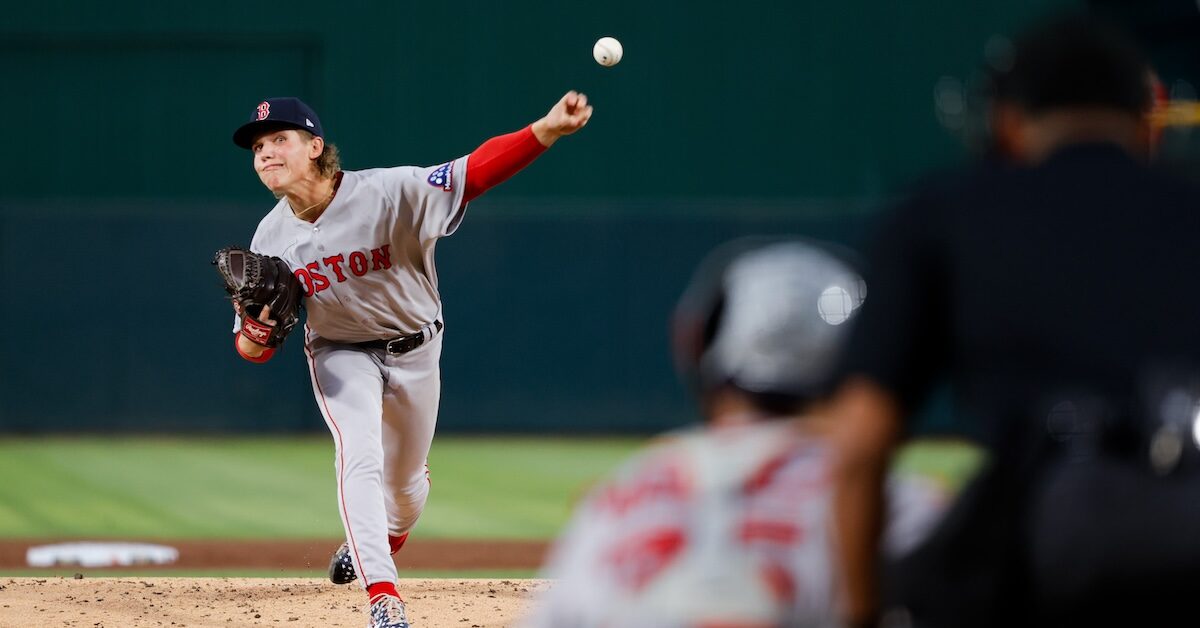Kevin Gausman’s Secret Weapon

Keegan Matheson has a beard. Let’s start there. Matheson is MLB.com’s Blue Jays beat writer and he has a beard. It’s a big, glorious, pointy beard, and it’s attached to his face and everything.
Blue Jays starter Kevin Gausman has a beard too. It’s not glorious like Matheson’s. The right-hander usually opts for a few days’ growth, but in recent weeks, he’s been going a step further. It’s still patchy in the cheeks. Closeups show you individual hairs splayed in whichever direction their whimsy takes them. All the same, more often than not, Gausman has been moving beyond stubble status and into the beginnings of beard territory. Gausman has also been pitching quite well lately, running a 2.25 ERA and 3.00 FIP over his past 10 starts.
Last Thursday, Matheson watched Gausman mow down the Astros, pitching a shutout with nine strikeouts, two walks, and one hit, and made the connection. “The nerds won’t tell you this because their charts won’t show it,” he posted on Bluesky, “but Kevin Gausman’s recent hot streak has a direct correlation to him embracing a beard. Something to monitor.” Read the rest of this entry »









